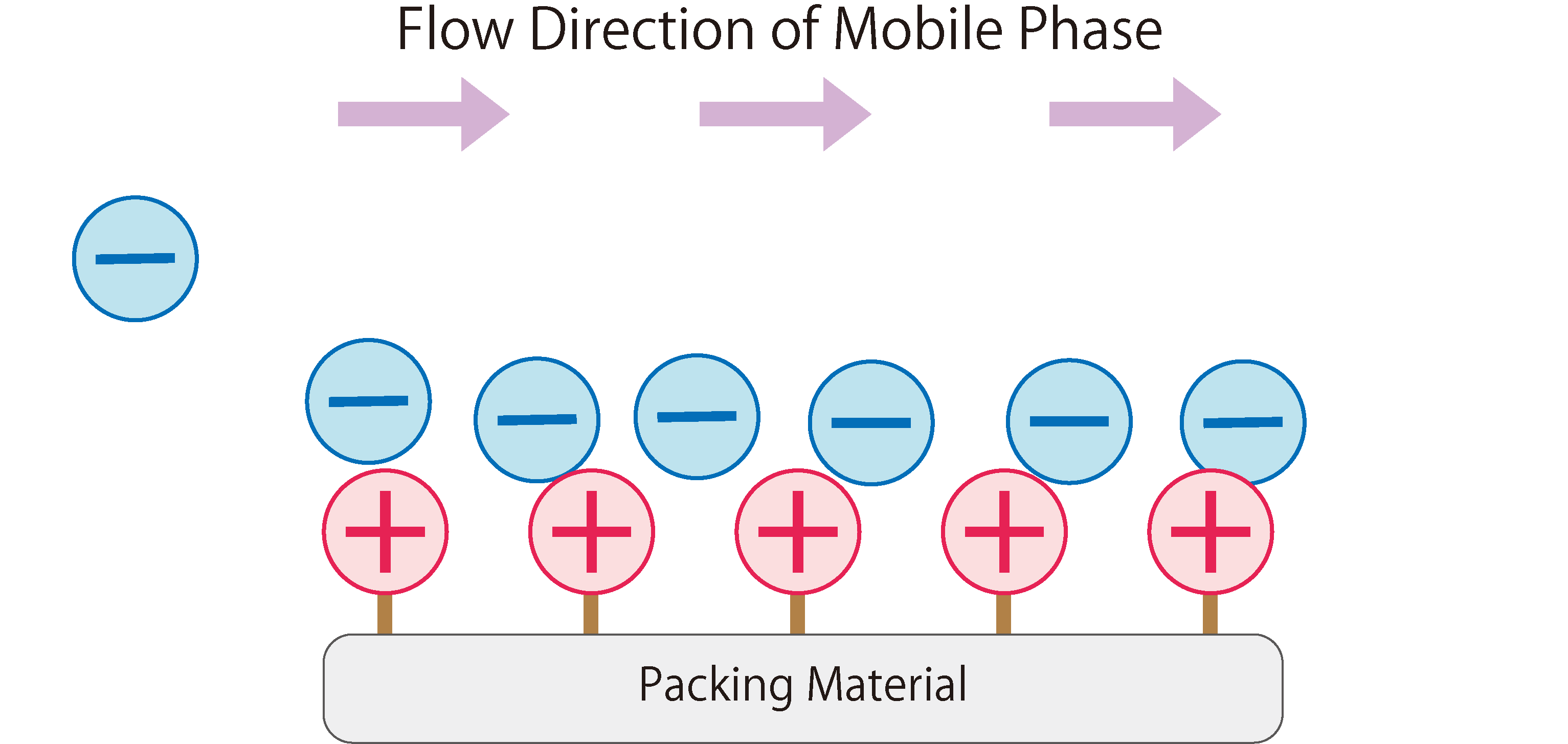
Fig. 2 Chromatogram of Anion Standard Solution
Table 1. Typical Ion Exchange Functional Groups Used In the Stationary Phase
| Ionic Strength | Typical Functional Groups | |
|---|---|---|
| Cation Exchange Chromatography | Strong (SCX) | Sulfonic acid |
| Weak (WCX) | Carboxylic acid | |
| Anion Exchange Chromatography | Strong (SAX) | Quaternary ammonium |
| Weak (WAX) | Tertiary amine |
Fig.1 shows the workings of anion exchange chromatography.
In the stationary phase of anion exchange chromatography, packing materials modified with positively charged ion-exchange groups are used. When the mobile phase (eluent) enters the column, it absorbs onto the ion exchange groups of the stationary phase due to electrostatic attraction. The mobile phase continuously introduces anions into the column, resulting in a repeated adsorption and desorption of anions between the stationary and mobile phases, i.e. a state of equilibrium.When a sample containing anions is introduced into the column during this state, the anions in the sample are adsorbed through electrostatic interactions with the functional groups of the stationary phase. At the same time, the anions from the mobile phase that were previously adsorbed on the stationary phase are desorbed. The sample anions adsorbed on the stationary phase are then desorbed and adsorbed onto the next ion exchange group. This phenomenon is repeated until the sample anions completely move through the column and are eluted.

Fig. 1 The Workings of Anion Exchange Chromatography
Different types of ions in the sample interact differently with the ion exchange groups, resulting in differences in the speed at which they move through the column. This difference is used to separate the ions in the sample. Ions with a smaller valence interact less with the ion exchange groups and therefore elute from the column faster. However, ions with the same valence or homologous elements will still elute faster if they have smaller ionic radiuses.

Fig. 2 Chromatogram of Anion Standard Solution

Fig. 3 Chromatogram of Oligonucleotides Mixture
Fig.2 shows the chromatogram of the standard solutions for seven anions. An anion exchange chromatography column (Shim-pack IC-SA3) was used in this analysis case. It was shown that F, Cl, and Br in the anion mixing standard solution were halogen elements, and that they eluted in order from small to large ionic radius, though their ionic values were the same.
Fig.3 shows the chromatogram of a five-sequence oligonucleotide mixture. An anion exchange chromatography column (Shim-pack BIO IEX Q-NP) was used in this oligonucleotide analysis case. The separation of oligonucleotides is based on the number of phosphate groups in the oligonucleotide, i.e., the difference in negative charges. Therefore, each oligonucleotide was separated by their length.
In ion-exchange chromatography, if a sample contains compounds whose ionic state changes with pH, changing the pH of the mobile phase as well as the salt concentration of the mobile phase can change the elution order.
Learn More
Link
Related Products
The HIC-ESP is a new anion suppressor ion chromatograph with built-in electrodialytic suppressor, boasting the same low carryover and excellent injection precision characteristic of Shimadzu HPLCs to bring you highly-reliable results.
Ion chromatography (IC) is used for analysis of inorganic and organic ions. It is categorized as suppressor IC and non-suppressor IC. Non-suppressor IC is composed of a conventional HPLC system combined with a conductivity detector, while suppressor IC requires an extra suppressor.
Shim-pack Bio IEX Columns are available in Q (quaternary ammonium) and SP (sulfopropyl) chemistries and are based on porous (Q and SP columns) and non-porous (Q-NP and SP-NP columns) hydrophilic polymers with low nonspecific adsorption.